| description |
A very distinctive species that can strongly vary in coloration and pattern. It has a color pattern that can be a combination of red, green, or dark brown. The pronotum, mesonotum, and top of the head are largely dark reddish-brown, with this color extending onto the bases of the wings. The wings have two white wing bands surrounding a 'saddle' that is concolourous with the thorax. The wing pattern itself varies in shape, corresponding with three variations for this species. The nominate form has broad white bands, with the upper band having the outline of three circular shapes that are connected to one another; this form has red lines near the base of the lower white band. Form 'corona', the form most often encountered, has much thinner white bands that are outlined and often broken by red; the saddle in 'corona' is the largest of the three forms. Form 'flava' resembles the first form, but the white bands are much broader and therefore the median saddle is smaller. The face is pale, as is most of the underside of the thorax except for the mesosternum, which is dark. Adults are 2.8-3.1 mm long. (Dmitriev & Dietrich, 2007)
Nymphs have a saddled appearance, ranging in color from orange to dark reddish-brown as the nymph ages.
For more images of this species and the various forms, see: BL. |
| comments |
This species could be most confused with form 'stricta' of E. bistrata (this form was actually considered a form of E. vitis for a while). However, note that in bistrata, there are noticeably pointed posterior margins of the median red band, whereas in vitis the bands lack this characteristic. ore importantly though, the apex of the scutellum is dark in vitis, concolorous with the rest of the mesonotum; in bistrata, the apex of the scutellum is whitish, contrasting sharply with the rest of the dark mesonotum. For example, this inidividual of vitis looks just like var. 'stricta' of bistrata, but has a dark apex of the scutellum. In some cases, an ID may not be possible. |
Species Photo Gallery for Erythroneura vitis Grapevine Leafhopper |
 | Photo by: Paul Scharf
Warren Co.
Comment: Attracted to Black Light |  | Photo by: Paul Scharf
Warren Co.
Comment: Attracted to Black Light |
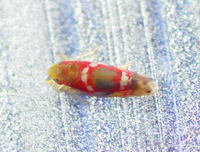 | Photo by: Kyle Kittelberger, Brian Bockhahn, Paul Scharf, Patrick Coin
Halifax Co.
Comment: grassy area and mixed hardwood forest edge near pine forest |  | Photo by: Kyle Kittelberger, Brian Bockhahn, Paul Scharf, Patrick Coin
Halifax Co.
Comment: grassy area and mixed hardwood forest edge near pine forest; some reddish individuals |
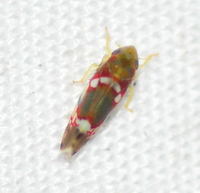 | Photo by: Kyle Kittelberger
Wake Co.
Comment: mixed hardwood forest habitat; a greener individual | 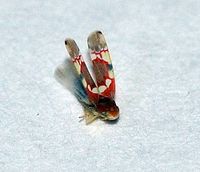 | Photo by: Paul Scharf
Warren Co.
Comment: Attracted to Black Light |
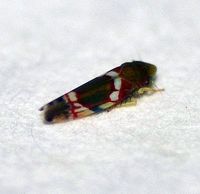 | Photo by: Paul Scharf
Warren Co.
Comment: Attracted to Black Light |  | Photo by: Paul Scharf
Warren Co.
Comment: Attracted to Black Light |
 | Photo by: Paul Scharf
Warren Co.
Comment: Attracted to Black Light |  | Photo by: Paul Scharf
Warren Co.
Comment: Attracted to Black Light |
 | Photo by: Paul Scharf
Warren Co.
Comment: Attracted to Light | 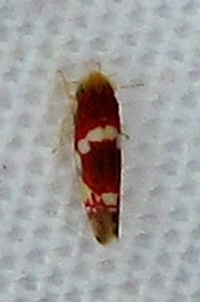 | Photo by: T. DeSantis
Camden Co.
Comment: DISW |
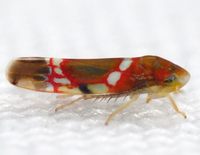 | Photo by: Kyle Kittelberger
Wake Co.
Comment: open forest habitat, near mixed hardwoods; on a lawn | 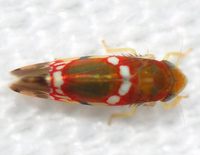 | Photo by: Kyle Kittelberger
Wake Co.
Comment: open forest habitat, near mixed hardwoods; on a lawn |
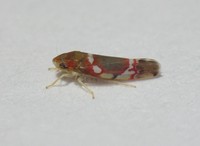 | Photo by: Rob Van Epps
Mecklenburg Co.
Comment: Hardwood forest, attracted to black light. | 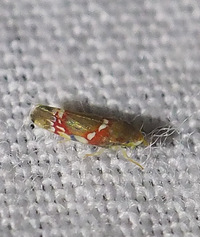 | Photo by: R Emmitt
Orange Co.
Comment: on moth sheet |
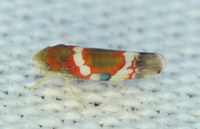 | Photo by: T. DeSantis
Durham Co.
Comment: ENRI | 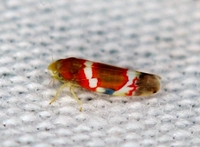 | Photo by: T. DeSantis
Durham Co.
Comment: ENRI |
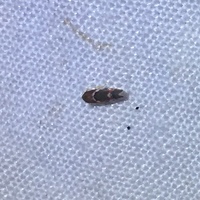 | Photo by: Randy Emmitt
Orange Co.
Comment: I’ve light | 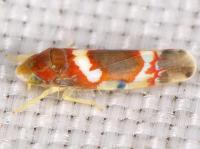 | Photo by: Mark Shields
Onslow Co.
Comment: |
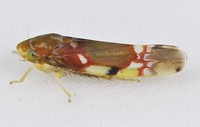 | Photo by: Rob Van Epps
Mecklenburg Co.
Comment: Attracted to UV light. Yard near woods. |  | Photo by: Margarita Lankford
Swain Co.
Comment: https://www.inaturalist.org/observations/52182224 - unid_leafhopper |
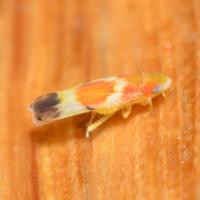 | Photo by: Margarita Lankford
Swain Co.
Comment: https://www.inaturalist.org/observations/52182224 - unid_leafhopper |  | Photo by: Vin Stanton
Buncombe Co.
Comment: semi wooded residential neighborhood |
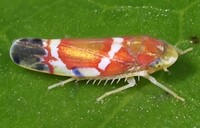 | Photo by: Rob Van Epps
Mecklenburg Co.
Comment: Attracted to UV light. | 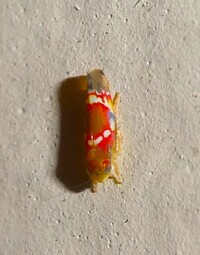 | Photo by: Simpson Eason
Wake Co.
Comment: |
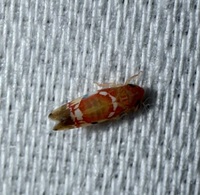 | Photo by: Marilyn Westphal
Henderson Co.
Comment: Attracted to UV light sheet |

 »
»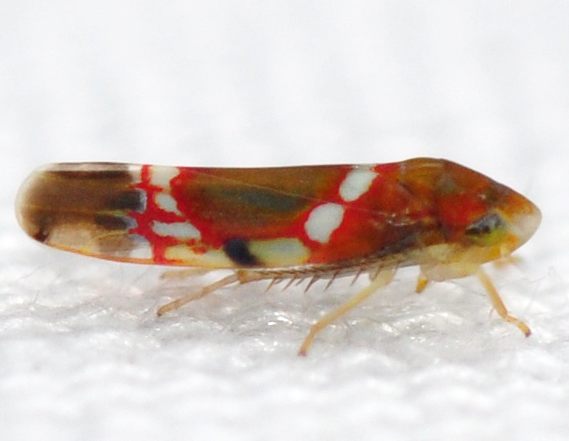
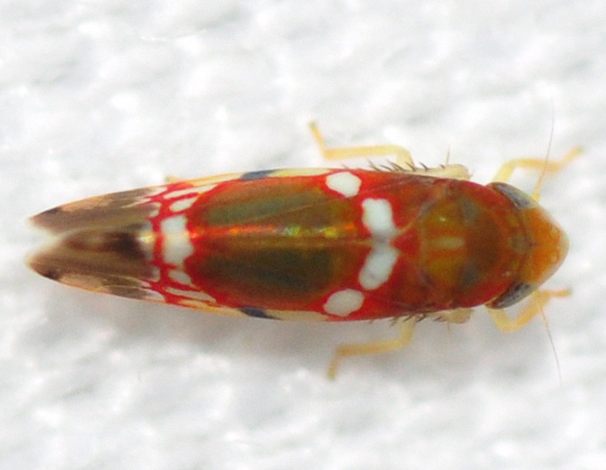
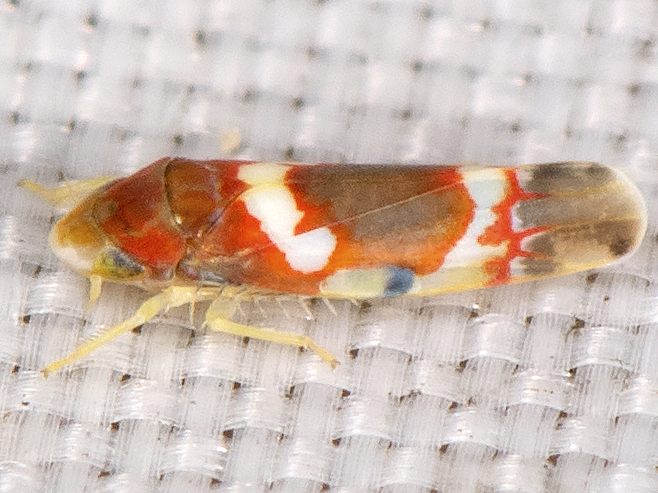

 »
»

